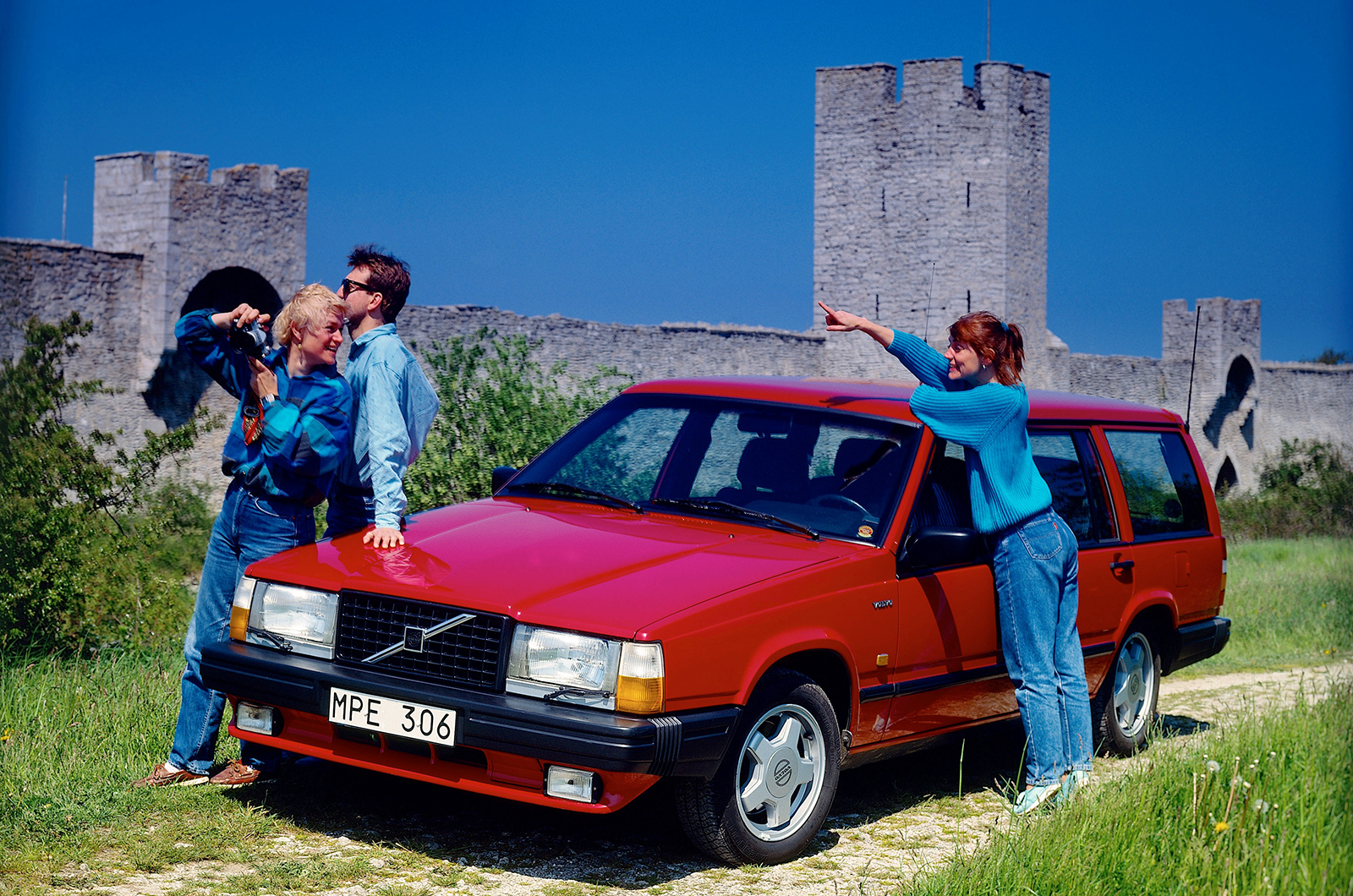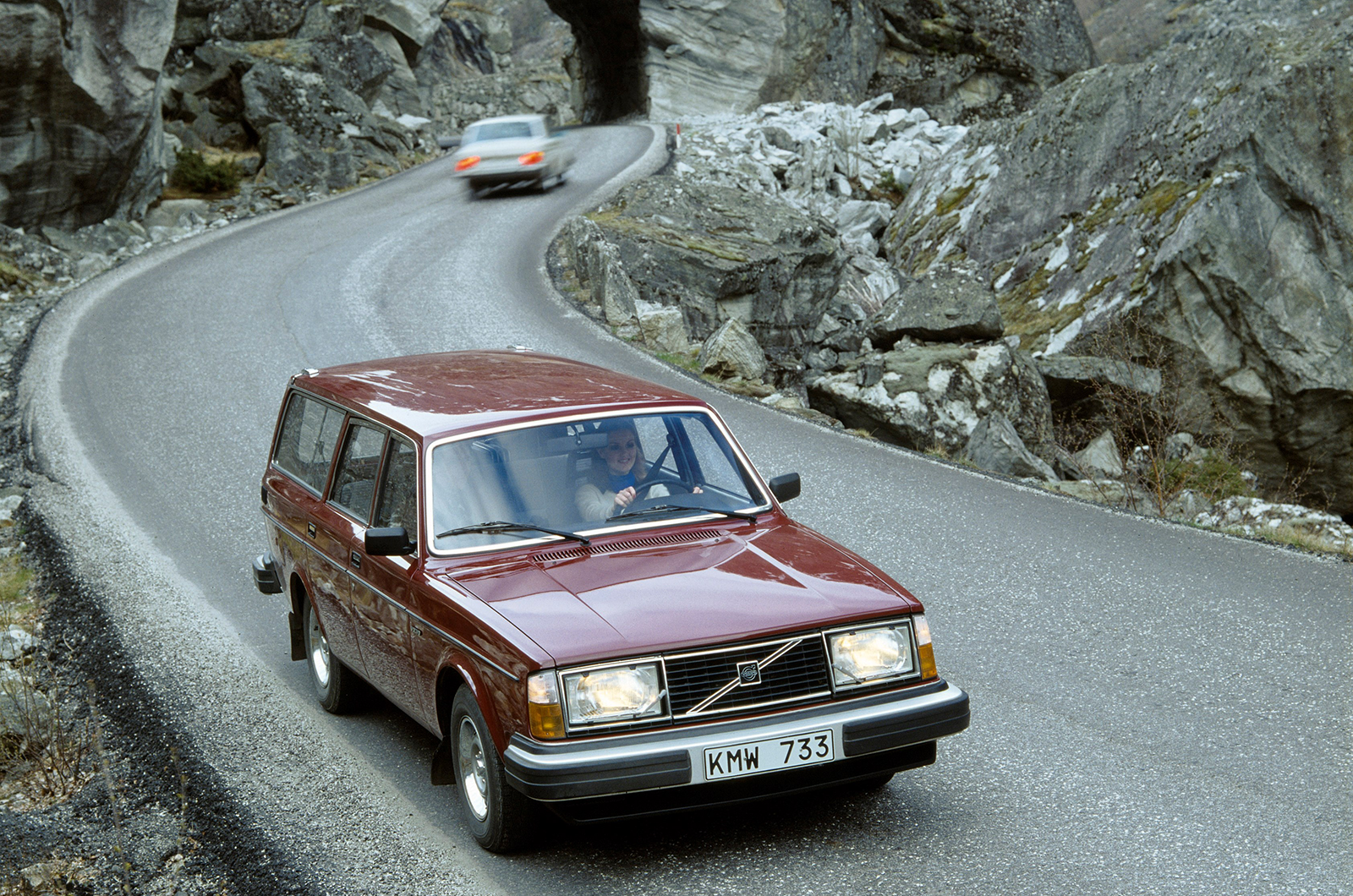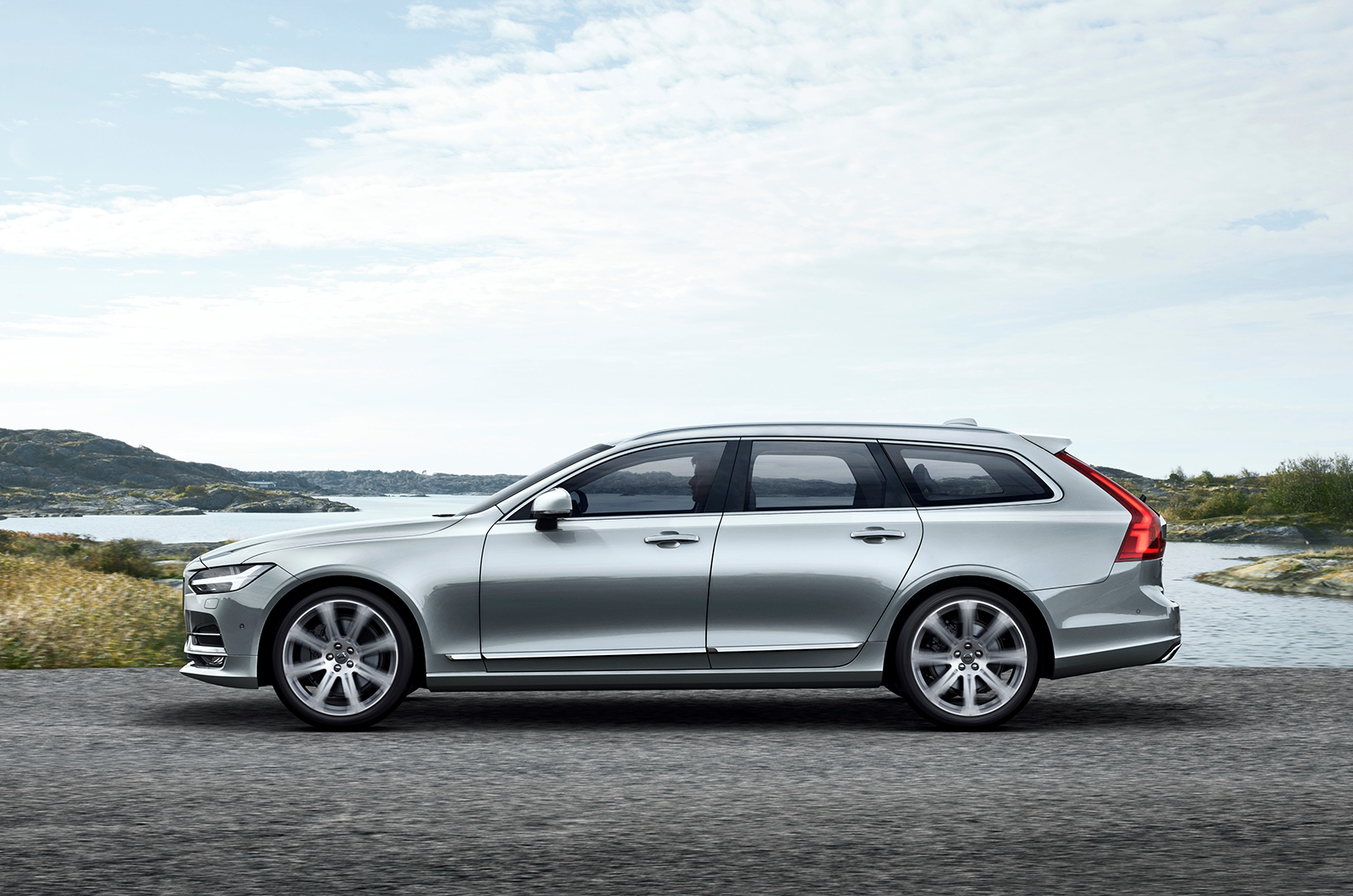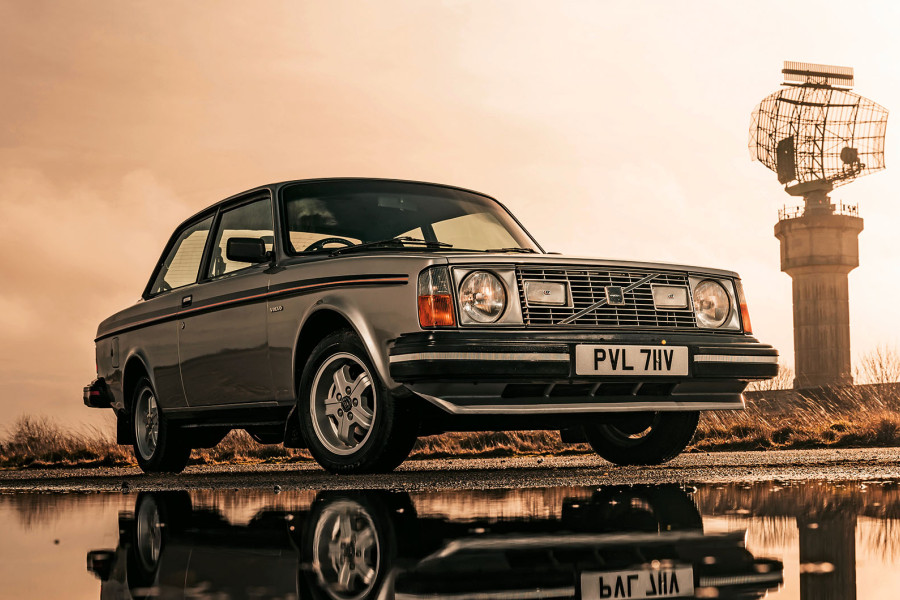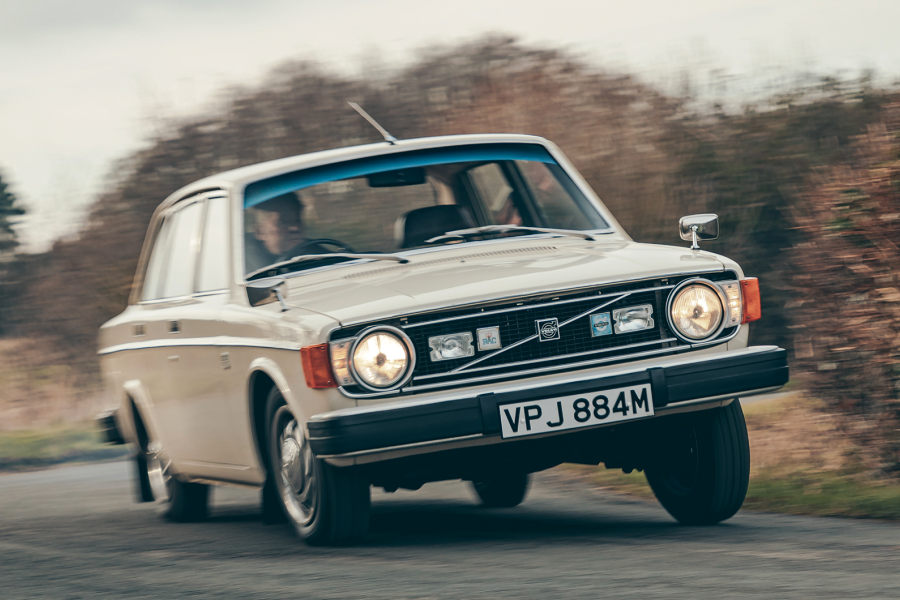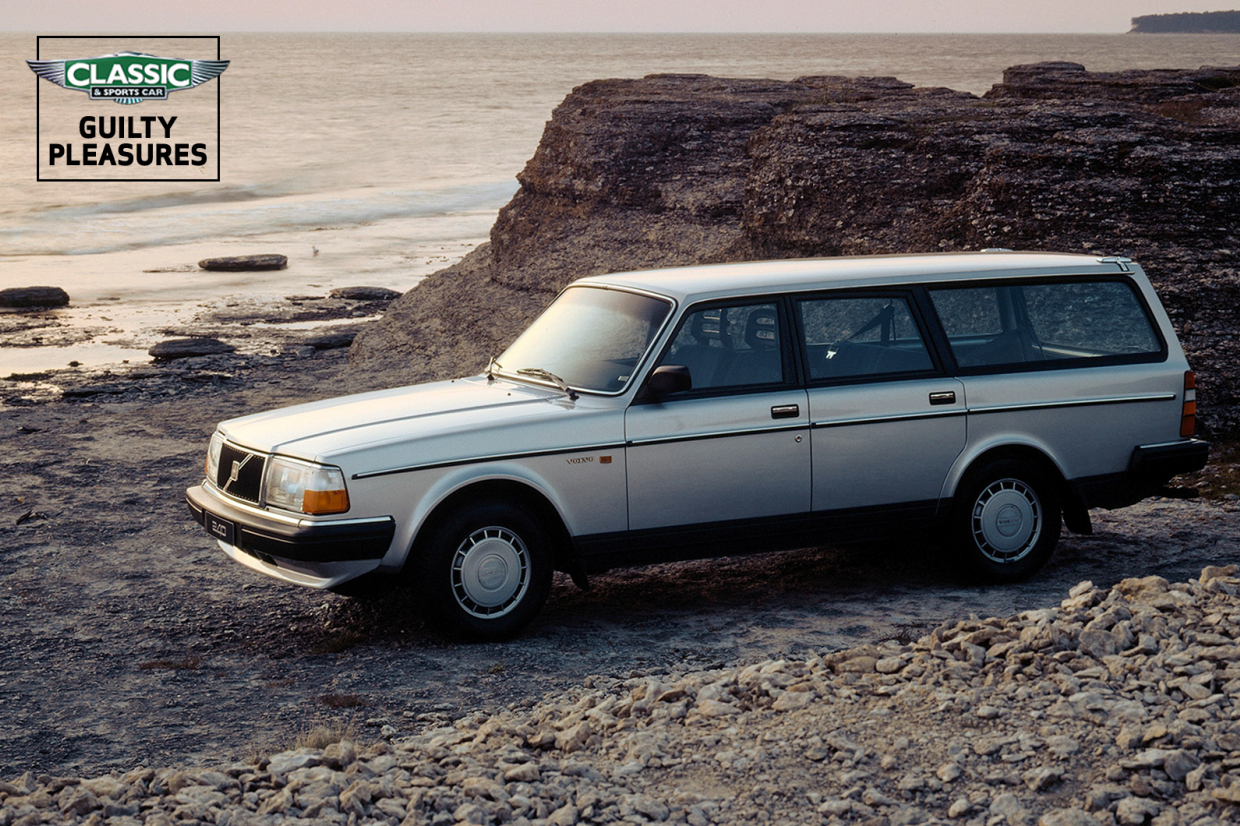
The first car I drove on the road legally was a 1985 Volvo estate, a 245 GLT which was my dad’s works ‘van’ and quite a tasty thing in the early-mid 1980s.
It was rear drive, 140bhp and manual – and within a week or two it had given me my first wet-road ‘moment’, the rear end fish-tailing around as I somehow managed to avoid hitting any parked cars.
Dad never found out and, subsequently, had a much bigger moment in the thing when he managed to understeer off a roundabout into the scenery, sustaining minor damage to the nearside front wing.
It was silver with full leather throughout, with four electric windows and all the usual seatbelt buzzers and daytime running lights that added to its reputation for safety. I didn’t love it, but I respected it for its build quality, solidity and reliability.
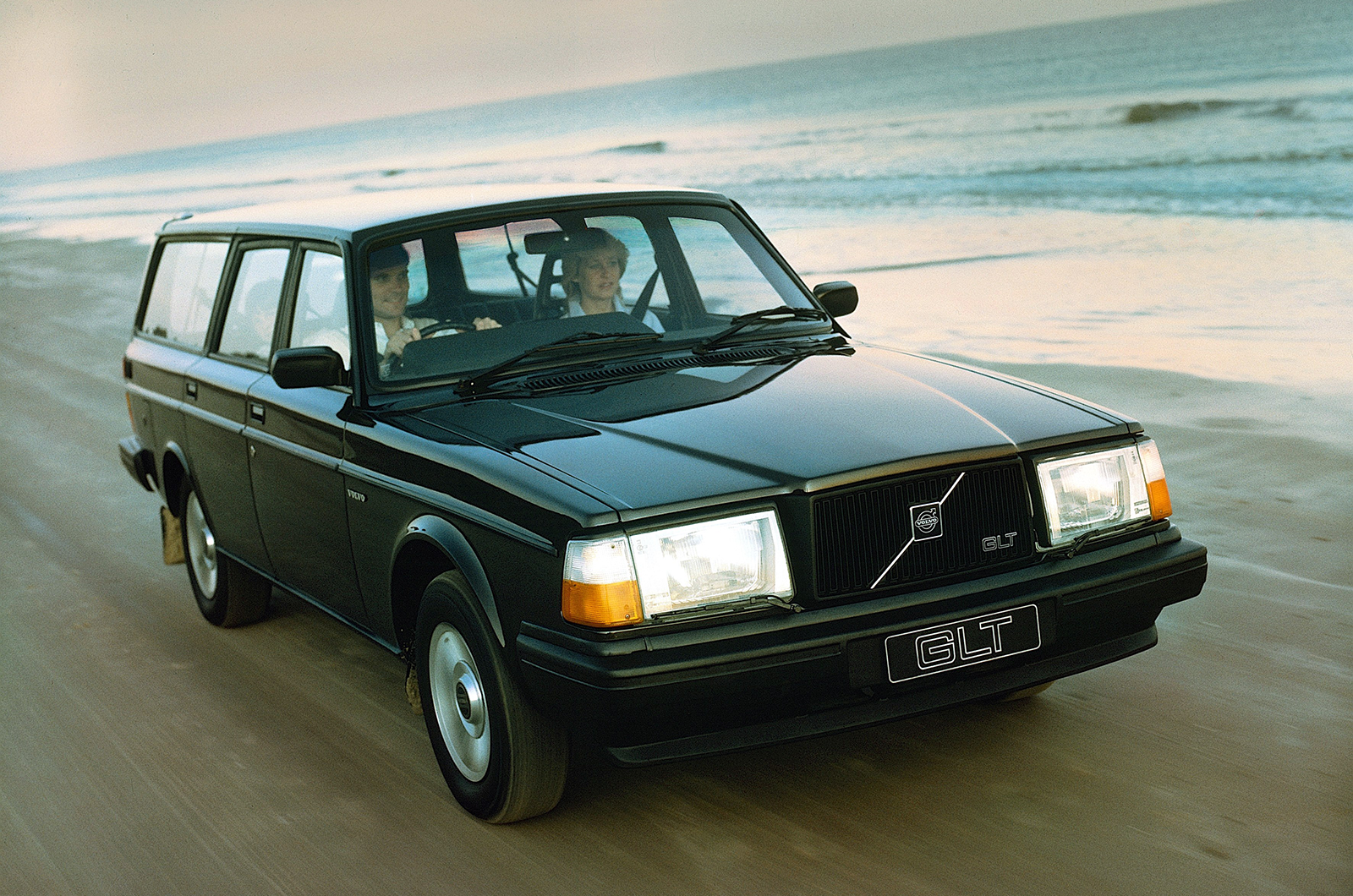
I have bought, and even been given, 240 Series Volvos subsequently, and while they have never excited me I do see them in a more interesting light now.
For one, this was a car that stayed true to its values and came to signify middle-class respectability in a much less offensive way than the current rash of jacked-up, blob-like SUVs.



